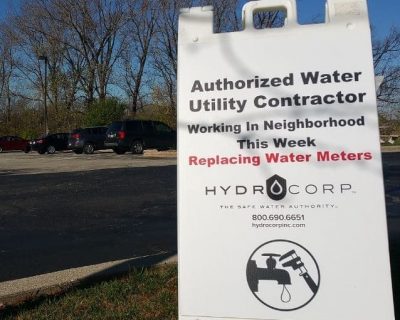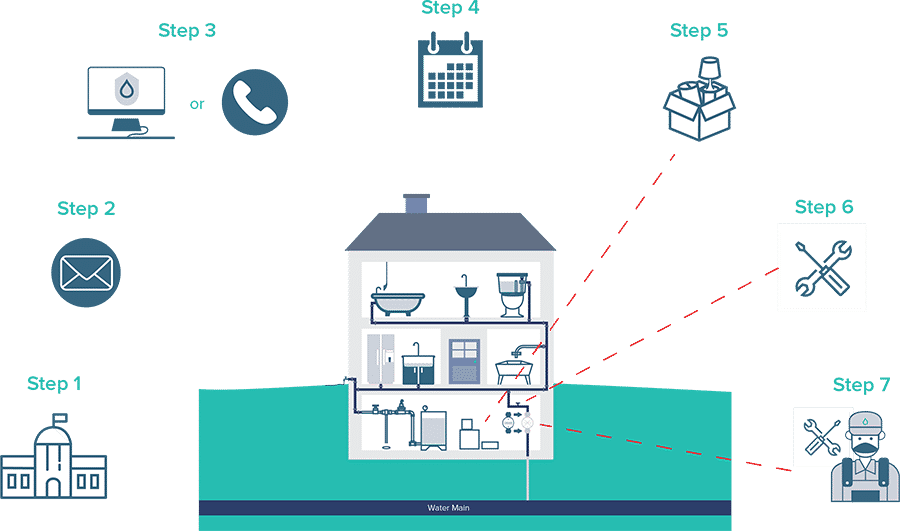We Do More than just replace meters
User-friendly. Time-friendly. Budget-friendly.
Postal Notices & Appointments
Water Customer Convenience
Water Customer
Call Center
Questions/Concerns
Cloud Based
Data
Old/New Meter Details/Photos




